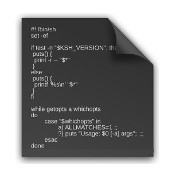The Python Smtplib Tutorial - howto send HTML EMAIL with Python is explains how to send HTML emails using SMTP, including auth, SMTP with TLS and SMTPS.
After introducing Python smtplib, the post provides an hands-on example showing how to add HTML email notification to an existing scirpt. The provided code supports every kind of SMTP connection - SMTP, SMTP with startTLS and SMTPS.
This post completes the trilogy we started with the JINJA2 With Python Tutorial JINJA Ansible HowTo and Python Argparse Tutorial - Argparse HowTo posts.
